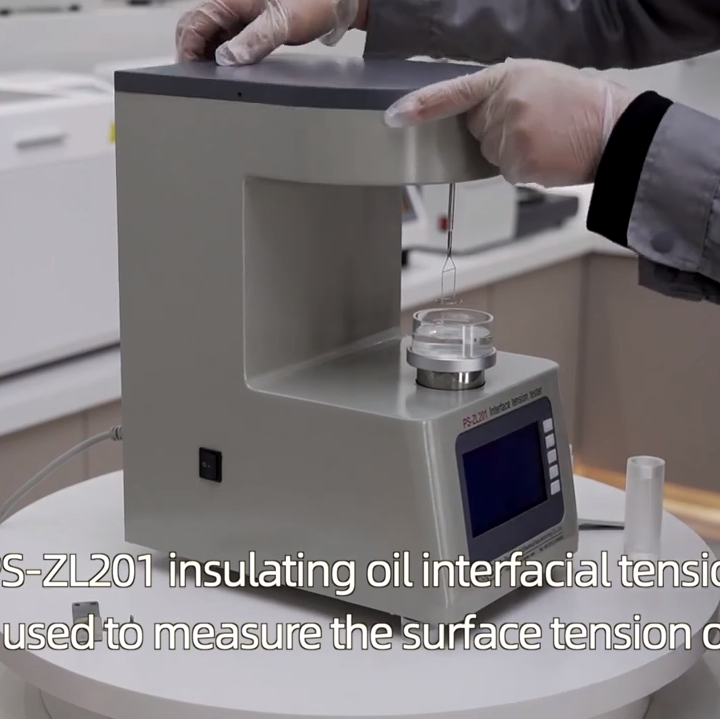 English
English


Understanding the Impact of Dielectric Dissipation Factor on Material Performance and Applications
Understanding the Dissipation Factor in Dielectric Materials
The dissipation factor, often represented as the tangent of the loss angle (tan δ), is a critical parameter in the study of dielectric materials. It quantifies the energy loss in a dielectric when subjected to an alternating electric field, providing insights into the material's performance in various electrical applications. Understanding this factor is vital for engineers and scientists who work with insulating materials in capacitors, cables, and various electronic components.
What is Dielectric Material?
Dielectric materials are insulators that can be polarized by an electric field. They are characterized by their ability to store and release electrical energy. Common examples include ceramics, plastics, and glass, each exhibiting unique dielectric properties. The dissipation factor becomes particularly important when these materials are subjected to high frequencies, where losses associated with polarization and conduction can significantly affect the performance of electrical components.
Calculation and Significance of Dissipation Factor
The dissipation factor is calculated using the formula
\[ \text{Dissipation Factor} (DF) = \frac{\text{Loss Resistance}}{\text{Reactance}} = \tan(\delta) \]
Where δ is the phase angle between the voltage across the dielectric and the current flowing through it. A high dissipation factor indicates that a significant portion of the electrical energy is being converted into heat, which can lead to inefficiencies and a potential failure of the component.
In practical terms, a low dissipation factor is desirable, especially in high-frequency applications. For instance, capacitors used in radio frequency circuits should have as low a dissipation factor as possible to minimize energy loss, maintain efficiency, and reduce heat generation.
Factors Influencing Dissipation Factor
dissipation factor dielectric

Several factors influence the dissipation factor of dielectric materials
1. Material Composition Different materials exhibit varying dielectric properties. For instance, ceramics generally have lower dissipation factors compared to organic polymers due to their structural rigidity and lower mobility of charge carriers.
2. Frequency of Operation The dissipation factor typically increases with frequency due to increased molecular movement and charge carrier mobility, which results in greater energy loss.
3. Temperature Temperature affects the molecular dynamics within dielectric materials. As temperatures rise, increased kinetic energy can lead to higher losses, thereby raising the dissipation factor.
4. Moisture Content The presence of moisture can significantly alter the dielectric properties of materials, often leading to increased losses in the form of conductivity, thus raising the dissipation factor.
Applications and Implications
Understanding and controlling the dissipation factor are vital in various industries. In electrical engineering, for example, a low dissipation factor is crucial for the reliability and longevity of high-voltage insulators and capacitors. In telecommunications, where signal integrity is paramount, materials with low dissipation factors enable better performance in transmission lines and connectors, ensuring minimal signal degradation.
In electronics manufacturing, materials used in printed circuit boards (PCBs) are selected based on their dissipation factors to optimize performance for specific frequencies and environmental conditions. Additionally, the aerospace and automotive sectors, where weight and efficiency are critical, benefit from advanced dielectric materials that offer low dissipation factors, enhancing overall system performance.
Conclusion
The dissipation factor is a fundamental aspect of dielectric materials, playing a pivotal role in determining their efficiency and performance in various applications. By understanding the factors that influence the dissipation factor, engineers and researchers can better select and design materials for optimal performance in electronic devices, ensuring reliability and efficiency in an ever-evolving technological landscape. As industries continue to innovate, the importance of low-dissipation-factor materials will only increase, underscoring the need for ongoing research and development in this vital area of study.
-
Differences between open cup flash point tester and closed cup flash point testerNewsOct.31,2024
-
The Reliable Load Tap ChangerNewsOct.23,2024
-
The Essential Guide to Hipot TestersNewsOct.23,2024
-
The Digital Insulation TesterNewsOct.23,2024
-
The Best Earth Loop Impedance Tester for SaleNewsOct.23,2024
-
Tan Delta Tester--The Essential Tool for Electrical Insulation TestingNewsOct.23,2024





